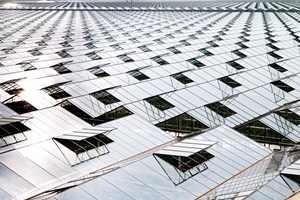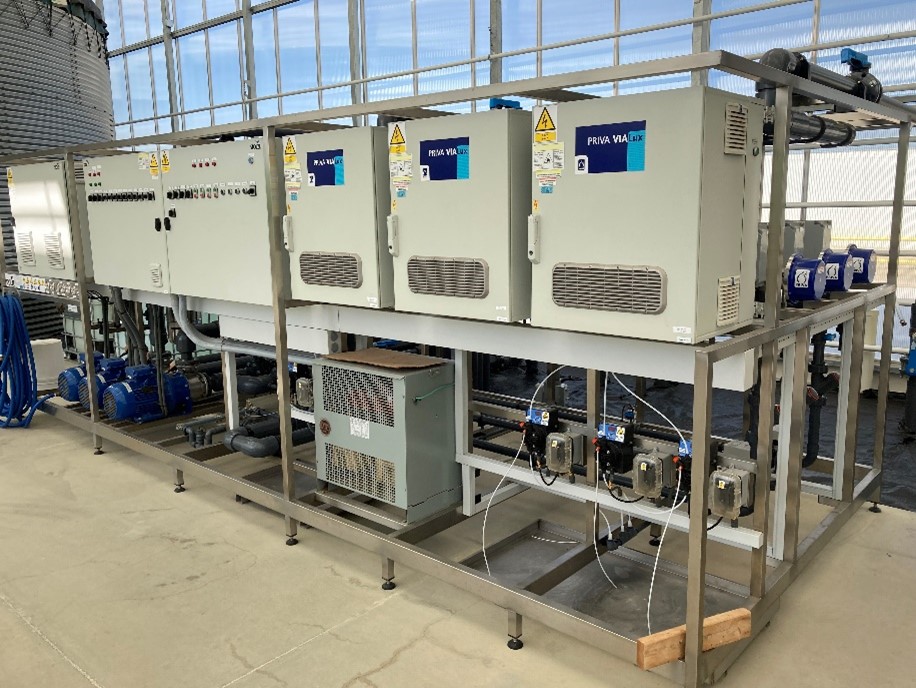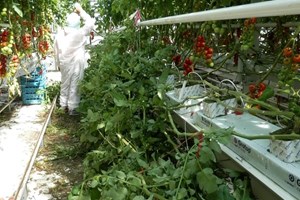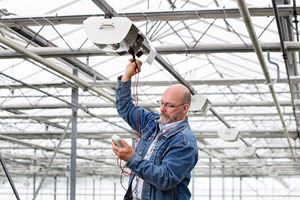Close the air vents in case of storm

Insights are changing. Especially when we talk about the prevention of storm damage. Recently conducted research tells us that greenhouses are significantly stronger when the air vents are closed during a storm. Until now it was common practice in horticulture to open the vents on the leeward side for 1 or 2 inches (3 -5 cm) in case of a storm (> 8 Beaufort). But this rule of thumb originated from the middle of the last century. Today’s glasshouses may look like their older siblings, but their quality has improved a lot. From our vast experience in assessing storm damages we started to wonder if the old rule of thumb still holds merit. To get the best possible answer Hagelunie funded research into appropriate air vents settings during a storm. This study was executed by TNO. (TNO is a renowned Dutch scientific research and development institute. TNO is also the designer of the calculation program for greenhouses Casta and the normalization for greenhouses). Why you should close the air vents in case of storm Besides the constructive aspect it has always been difficult to determine what the leeward and windward side of the greenhouse is. In the old rule of thumb we opened all the vents on the leeward during a storm. But it is practically impossible to determine the leeward when the wind is perpendicular to the end gable. When the wind is blowing in an angle to the end gable it seems easier. However, in case of a storm the direction of the wind can change about 30 ⁰ within one hour. This means the leeward side of the roof can change to the windward side with all detrimental consequences. As a result, and based on the TNO research the ISSO committee now advises a new golden rule: close all the air vents in case of storm. Mitigate the risk of ensuing storm damage in large greenhouses What can you do to prevent damage?
One of the main results of the TNO study is that the outside edges of the modern greenhouse are most vulnerable. To reduce this vulnerability you should keep the air vents situated in the edge of the greenhouse closed (approximately the first 30 meters from the edge of the greenhouse on the wind side). When you leave the air vents in this area open, the greenhouse misses the constructive connection of the roof itself. For the air vents themselves: in an open position they are more likely to deform during a storm and therefore increase the risk of sheet breakage.
Pressure relief is not totally wrong. It is effective and prevents ensuing damage when the wind, in case of some broken sheets, is trying to blow up the greenhouse like a balloon. Distance is not of influence in pressure relief as it happens with the speed of sound. The effect of an aperture on the other side of the greenhouse (leeward) is practically the same as one near the location where the wind blows in. With large greenhouses it is usually possible to open the air vents in a different department of the greenhouse (beyond the 30 meter limit of the exposed gable). In that case you can open the air vents on the leeward side of the greenhouse and the ridge. In the following schematic representation department 3 and/or 4.

Precautions in case of storm:


